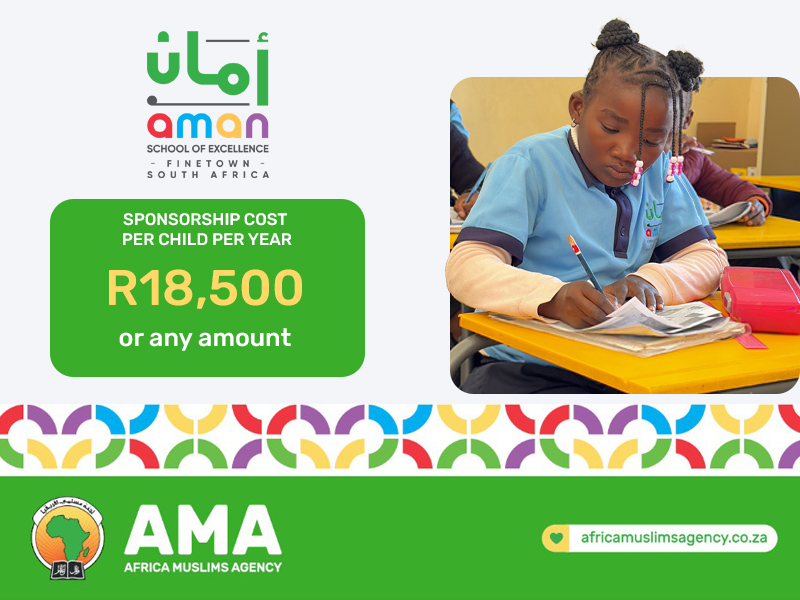
By Azra Hoosen
When Dr Sadiyya Sheik’s nephew was diagnosed with autism a few years ago, she found herself facing a simple yet profound question from her two little girls – how do you explain that someone’s brain works differently?
Sheik, a Public Health Medicine Specialist, told Al-Qalam that the answer began as a quiet conversation at home and later grew into the heart of her new children’s book, My Brother’s Brain is Different.
Her children’s book, written in rhyme from the perspective of a sibling, introduces the idea that brains can work in many different ways. “I think explaining the concept through the eyes of a sibling makes the content more accessible to children. Through the rhyme, we see examples of why the narrator thinks his brother’s brain is different. This works better to convey information to children rather than just explaining the concept directly,” said Sheik.
Neurodiversity, an umbrella term for the range of ways brains can function and process the world, has long been misunderstood. In many families, the words autism, ADHD, or learning differences are whispered quietly, often followed by confusion, shame, or silence. Sheik said that while stigma still exists, things are slowly changing. “I don’t know that there is anything specifically different about how neurodiversity is perceived in Muslim communities compared to others. In general, while there is still stigma associated with neurodivergence, people are becoming more aware and starting to understand it better,” she explained.
But awareness alone is not enough. The first challenge is that people often do not know how to start the conversation. “People may be afraid of saying the wrong things. Parents and educators play an important role in shaping perceptions. Early exposure to neurodiversity and an appreciation for the differences in how our brains work is a great way to build a kinder and more inclusive world,” she said.
For Sheik, that kindness is grounded in faith: “It was important to write a book that aligns with my beliefs and to tie the concept of neurodiversity to those beliefs.”
Her story sits comfortably within a Muslim home, where compassion, patience and understanding are encouraged as acts of worship. “In that way, My Brother’s Brain is Different becomes more than a story; it becomes a small act of da’wah through empathy,” Sheik said.
She noted that there is a growing community of Muslim writers approaching children’s books from an Islamic lens. “I wanted to contribute something that reflects our everyday experiences while teaching children to see beauty in difference,” she said.
The word different runs through Sheik’s story, not as something to fear, but to understand. She hopes her book offers a starting point, a gentle opening that says it is okay to talk, to ask and to learn.
That book is also for parents who might be navigating a new diagnosis or wondering if their child is “wired differently.” For Sheik, that reflection became personal. “Around the time the book was being edited, we started considering a diagnosis of ADHD in my daughter. It was a challenging time, but I found myself coming back to the language of a brain that is different by design. All our brains are perfectly made because they were made by Allah SWT Himself,” she shared.
Her next project, a chapter book for children about self-acceptance, continues that thread of gentle affirmation, reminding young readers that being different is not a flaw, it is a feature.
In a society where academic success and conformity often define worth, Sheik’s message challenges families to look deeper, to see children as they are, not as they are expected to be. “My hope is that children learn to recognise and celebrate all the wonderful ways their brains work. Also, families learn to see difference not as a label, but as part of the mercy and creativity in Allah’s design,” she said.
My Brother’s Brain is Different is available at Baitul Hikmah, both in-store and online. Sheik hopes families will read it aloud and use it to start meaningful conversations at bedtime. “I want parents to trust that children can understand concepts that seem challenging. The book is meant to spark curiosity and compassion,” she said.










